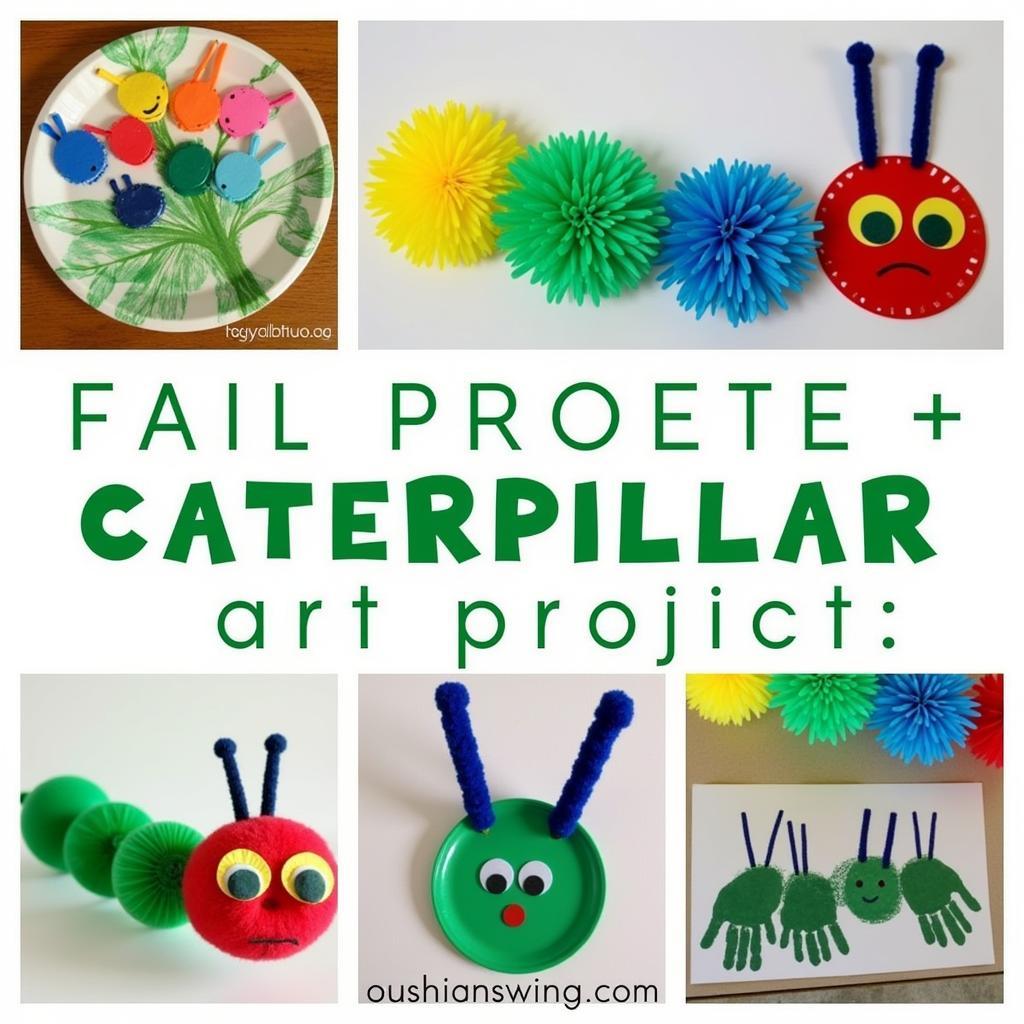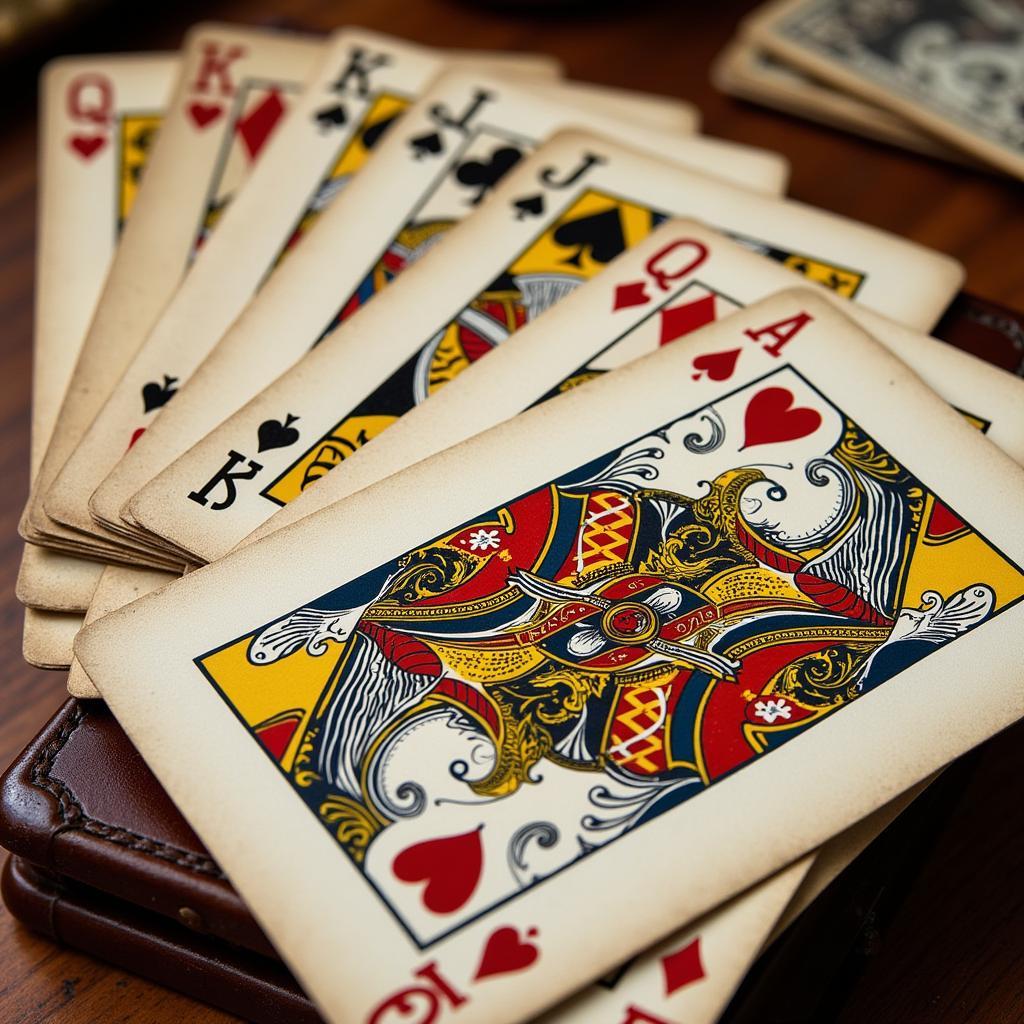Famous Art with Texture: A Digital Artist’s Perspective
Famous Art With Texture has captivated audiences for centuries, inviting viewers to not just see but almost feel the artwork. From the rough impasto of Van Gogh’s sunflowers to the smooth marble of Michelangelo’s David, texture adds a crucial dimension that elevates a piece from visual representation to a tangible experience. In today’s digital art world, exploring texture offers a new frontier for creative expression.
Exploring Texture in Famous Artworks
Texture in art isn’t merely about physical roughness or smoothness; it’s about the illusion of it, the way light plays across a surface, suggesting depth and tactility. Think of the heavy, layered paint in Rembrandt’s portraits, creating a sense of age and wisdom. Or the delicate brushstrokes in Monet’s water lilies, capturing the shimmering surface of the water. These masters used texture to convey emotion and narrative, adding another layer of meaning to their works. Even in seemingly smooth sculptures like contemporary sculpture wall art, the play of light and shadow creates an illusion of texture, adding depth and interest.
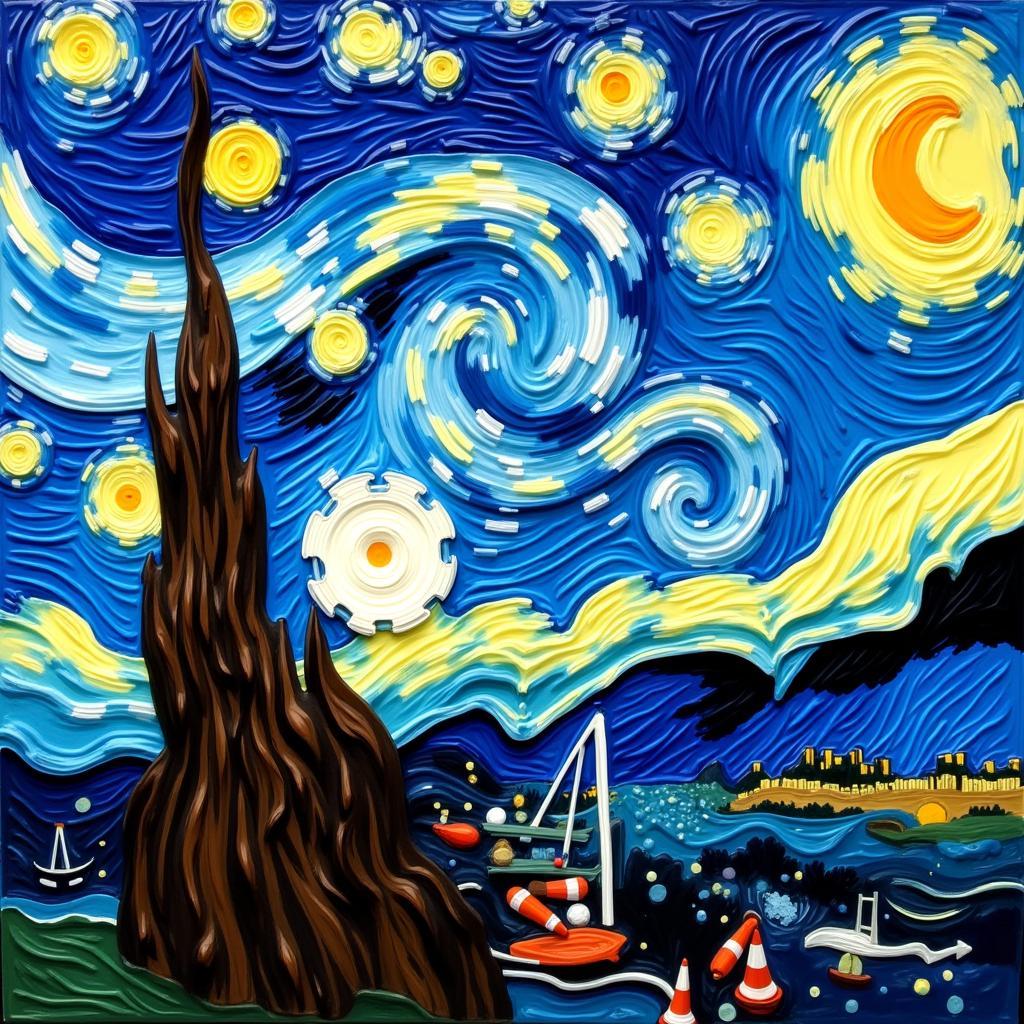 Famous Art Impasto Texture Examples
Famous Art Impasto Texture Examples
How Did Artists Create Texture in the Past?
Before the digital age, artists relied on physical materials and techniques to achieve texture. Sculptors carved into wood, stone, and bronze, leaving chisel marks or polishing the surface to a high sheen. Painters experimented with different mediums and techniques, layering paint, adding sand or other materials to create tactile surfaces. Think about the woven tapestries of the Middle Ages, where different threads and weaving patterns created intricate textures. These physical techniques were integral to the final artwork, contributing significantly to the overall aesthetic impact.
The Digital Revolution: New Ways to Explore Famous Art with Texture
Digital art offers a whole new spectrum of possibilities for exploring texture. Software like Photoshop and Procreate allows artists to mimic traditional techniques, creating digital impasto, brushstrokes, and even the appearance of carved stone. But it also opens doors to completely new textures, impossible to achieve with physical materials. Imagine creating a painting with the texture of liquid metal or the surface of a distant planet. The only limit is your imagination.
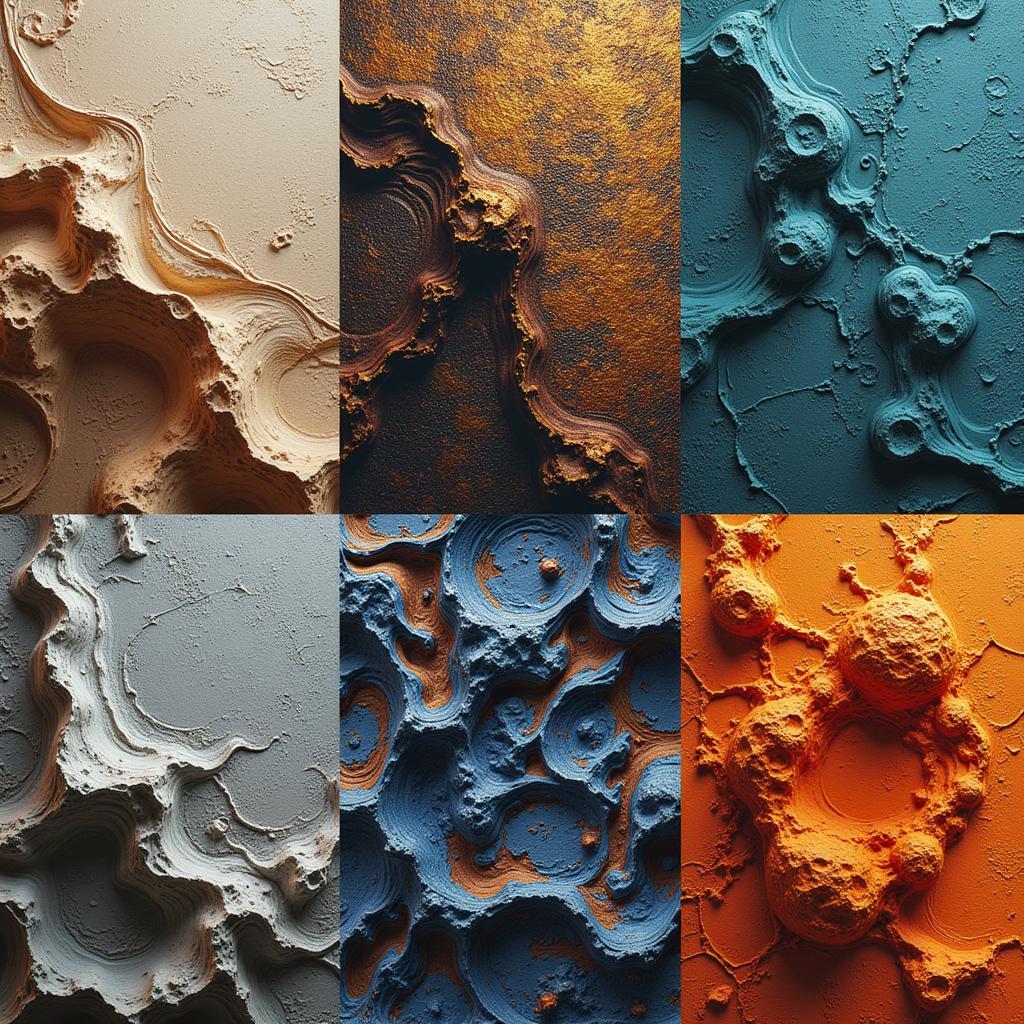 Exploring Texture in Digital Art
Exploring Texture in Digital Art
What are the Benefits of Digital Texture?
Digital texture offers unparalleled control and flexibility. You can easily experiment with different textures, layering them, blending them, and adjusting their intensity. And unlike physical mediums, mistakes are easily undone. This allows for a level of experimentation and innovation that was previously unimaginable. This is particularly exciting when reinterpreting famous artworks, allowing artists to explore new dimensions of texture and meaning. For example, imagine adding a digital layer of cracked earth to a classical portrait, creating a dialogue between past and present, fragility and resilience.
How Can I Learn to Create Digital Textures?
Numerous online resources, tutorials, and online art workshops can guide you through the process of creating digital textures. Experimenting with different software and techniques is key to finding your unique style. You can even find inspiration in cream wall art or abstract square art for interesting textural ideas.
Famous Art Reimagined: Texture in the Digital Age
Many contemporary artists are reimagining famous artworks through the lens of digital texture. They’re taking classical masterpieces and adding new layers of meaning and visual interest by incorporating digital textures. For example, imagine the Mona Lisa with a skin texture that resembles cracked porcelain, suggesting the fragility of beauty and the passage of time. Or Van Gogh’s sunflowers rendered with a digital texture that mimics the feeling of velvet, adding a sense of luxuriousness and opulence. This fusion of traditional and digital techniques creates a powerful dialogue between past and present, opening up new avenues for artistic expression. You might find inspiration in unexpected places, like blackbird art or even art naked lady, where the interplay of lines and forms can suggest textural qualities.
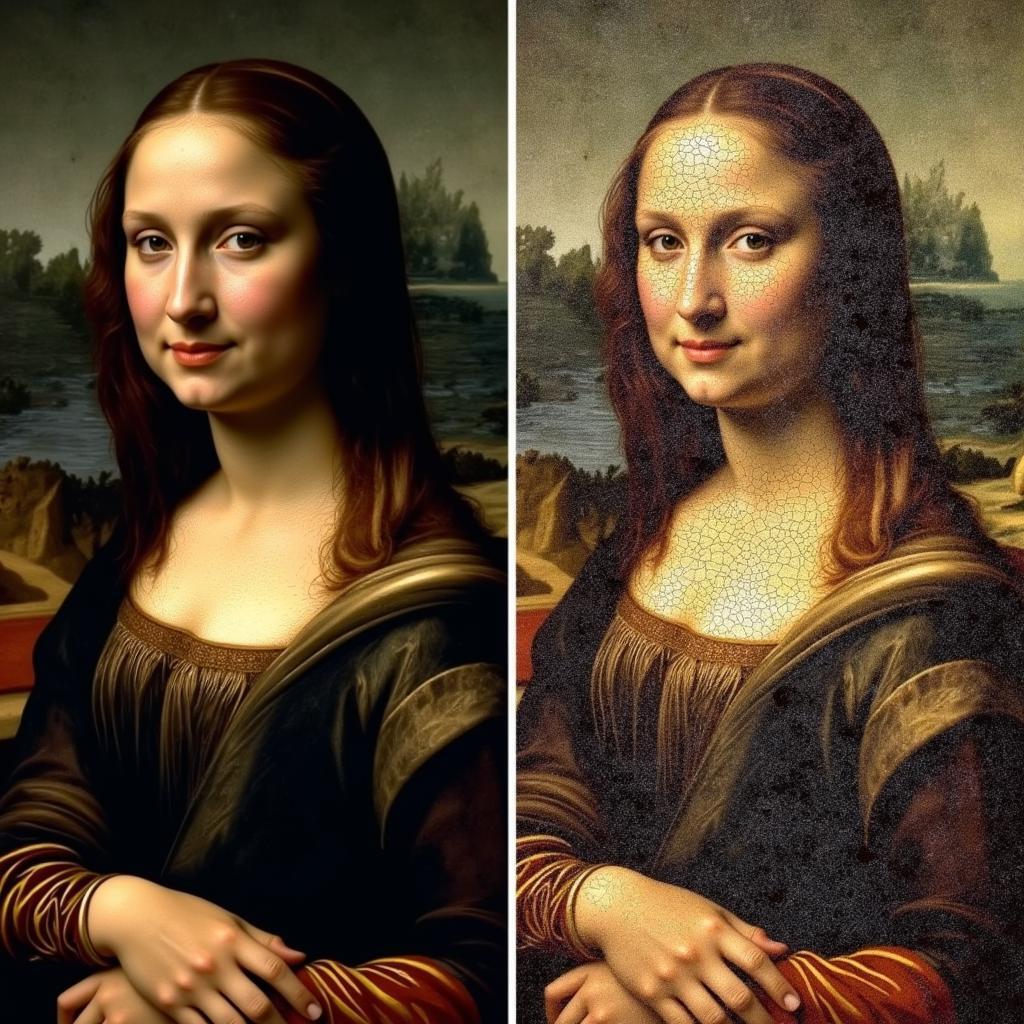 Famous Art Reimagined with Digital Textures
Famous Art Reimagined with Digital Textures
Conclusion
Famous art with texture offers a rich tapestry of artistic exploration, both in traditional and digital mediums. By understanding how texture is used to convey emotion, narrative, and meaning, we can appreciate the power of this crucial element in art. As digital tools continue to evolve, the possibilities for exploring texture in art are endless, offering exciting new frontiers for artistic expression. Remember, famous art with texture is more than just visual; it’s an invitation to engage with art on a deeper, more sensory level.
FAQ
-
What is texture in art?
Texture in art refers to the surface quality of a piece, both real and implied. -
How do artists create texture?
Artists use various techniques, from brushstrokes and impasto to carving and digital manipulation. -
Why is texture important in art?
Texture adds depth, emotion, and narrative to a piece, enhancing its visual impact. -
How can I learn more about digital texture?
Online resources, tutorials, and Online Art workshops are great places to start. -
What are some examples of famous art with texture?
Van Gogh’s impasto paintings, Michelangelo’s sculptures, and woven tapestries are prime examples. -
How are digital artists using texture?
Digital artists use software to mimic traditional techniques and create entirely new textures. -
Where can I find more information about art and texture?
You can explore more resources and workshops on our website related to cream wall art and abstract square art.
Need help? Contact us 24/7: Phone: 02462573573, Email: [email protected]. Visit us at: Savico Megamall, 7-9 Đ. Nguyễn Văn Linh, Gia Thụy, Long Biên, Hà Nội 10000, Việt Nam.


